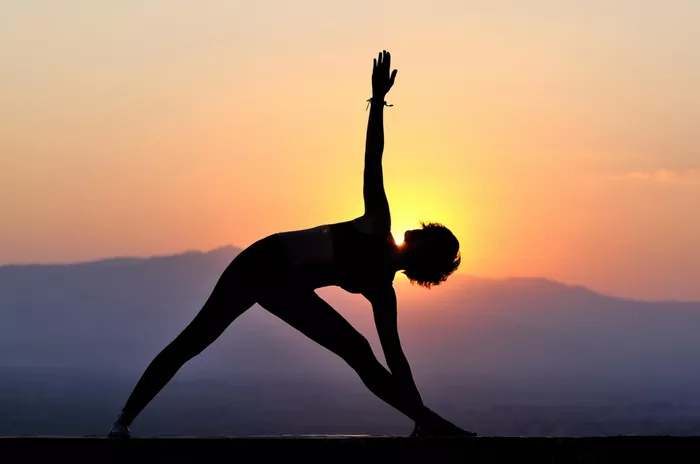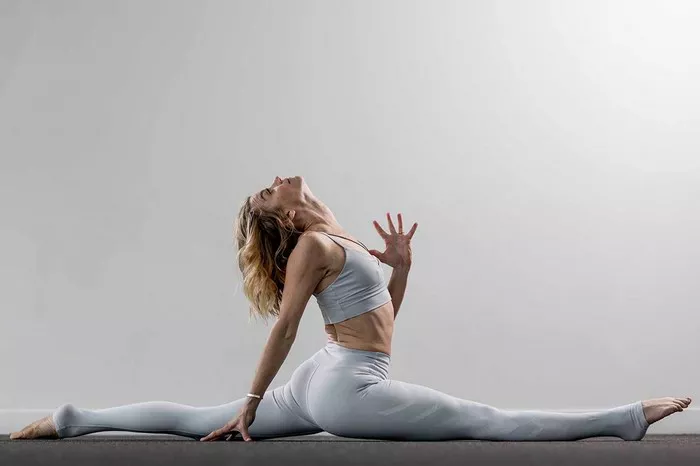Scoliosis, a lateral curvature of the spine, affects millions worldwide, posing challenges in daily life and potentially leading to discomfort, pain, and functional limitations. While conventional treatments such as bracing and surgery exist, complementary approaches like yoga have gained traction as potential methods to manage scoliosis symptoms and improve quality of life. This article explores the effectiveness of yoga as a therapeutic tool for scoliosis, shedding light on its benefits, considerations, and best practices.
Understanding Scoliosis: A Complex Spinal Condition
Before delving into the role of yoga, it’s crucial to grasp the nuances of scoliosis. This condition can manifest in various forms, ranging from mild to severe curvature of the spine. While the exact causes remain elusive in many cases, factors such as genetics, neuromuscular conditions, and uneven growth patterns are commonly associated with its development. Scoliosis often emerges during adolescence but can affect individuals of all ages.
The Promise of Yoga: An Ancient Practice for Modern Ailments
Yoga, an ancient practice originating in India, encompasses physical postures, breath control, meditation, and philosophical principles aimed at fostering holistic well-being. Its versatility and adaptability make it an attractive option for addressing a myriad of health issues, including scoliosis. By promoting flexibility, strength, balance, and body awareness, yoga holds promise as a complementary therapy for managing the symptoms of scoliosis and mitigating its impact on daily functioning.
Evidence-Based Insights: The Science Behind Yoga for Scoliosis
Research examining the efficacy of yoga in the context of scoliosis is emerging, albeit still limited. A growing body of evidence suggests that yoga interventions tailored to address the specific needs of individuals with scoliosis can yield positive outcomes. Studies have reported improvements in spinal alignment, muscle strength, pain reduction, and enhanced quality of life among participants engaging in regular yoga practice. Moreover, yoga’s emphasis on mindfulness and relaxation techniques may help alleviate the psychological burden associated with scoliosis, promoting mental well-being alongside physical benefits.
Key Considerations: Customizing Yoga Practices for Scoliosis
While yoga shows promise as a therapeutic tool for scoliosis, it’s essential to approach its implementation with caution and mindfulness. Individuals with scoliosis exhibit diverse spinal curvature patterns and varying degrees of flexibility and strength, necessitating personalized yoga routines tailored to their unique needs. Consulting with a qualified yoga instructor experienced in working with individuals with scoliosis is crucial to ensure safe and effective practice. Additionally, practitioners should communicate openly with their healthcare providers to integrate yoga into their comprehensive scoliosis management plan.
Adapting Asanas: Yoga Poses for Scoliosis
Certain yoga poses can be particularly beneficial for individuals with scoliosis, helping to strengthen weak muscles, stretch tight areas, and improve overall spinal alignment. However, not all poses may be suitable for every individual, highlighting the importance of customization and modification. Poses such as Cat-Cow, Child’s Pose, Side Plank, and Sphinx Pose are examples of asanas that can be adapted to accommodate varying degrees of spinal curvature and mobility. Incorporating props such as blocks, straps, and bolsters can further enhance comfort and accessibility during yoga practice.
Breath Awareness and Mindfulness: Nurturing the Mind-Body Connection
In addition to physical postures, breath awareness and mindfulness practices play a crucial role in yoga for scoliosis. Conscious breathing techniques can help individuals cultivate a deeper connection with their bodies, promoting relaxation, stress reduction, and increased self-awareness. Mindfulness meditation, focusing on the present moment without judgment, can empower individuals to navigate the challenges of living with scoliosis with greater resilience and acceptance. By integrating breathwork and mindfulness into their yoga practice, individuals with scoliosis can foster a more harmonious relationship between mind and body, enhancing overall well-being.
Harnessing the Power of Community: Support and Empowerment
Engaging in yoga for scoliosis can extend beyond the confines of individual practice, offering opportunities for community support and empowerment. Joining yoga classes specifically designed for individuals with scoliosis or participating in online forums and support groups can provide a sense of belonging and camaraderie. Sharing experiences, challenges, and successes with others on a similar journey can be immensely validating and inspiring. Moreover, witnessing the progress of fellow practitioners can instill hope and motivation, reinforcing the belief in the transformative potential of yoga as a therapeutic modality.
Conclusion
In conclusion, yoga holds immense promise as a complementary approach to managing scoliosis, offering a holistic framework for enhancing physical, mental, and emotional well-being. While further research is needed to elucidate the specific mechanisms underlying yoga’s therapeutic effects on scoliosis, anecdotal evidence and preliminary studies suggest its potential benefits. By customizing yoga practices to suit individual needs, fostering mindfulness and breath awareness, and tapping into the power of community support, individuals with scoliosis can embark on a journey of self-discovery, resilience, and empowerment. Through the integration of yoga into comprehensive scoliosis management plans, we can unlock the potential for greater health, vitality, and joy in the lives of those affected by this complex spinal condition.























